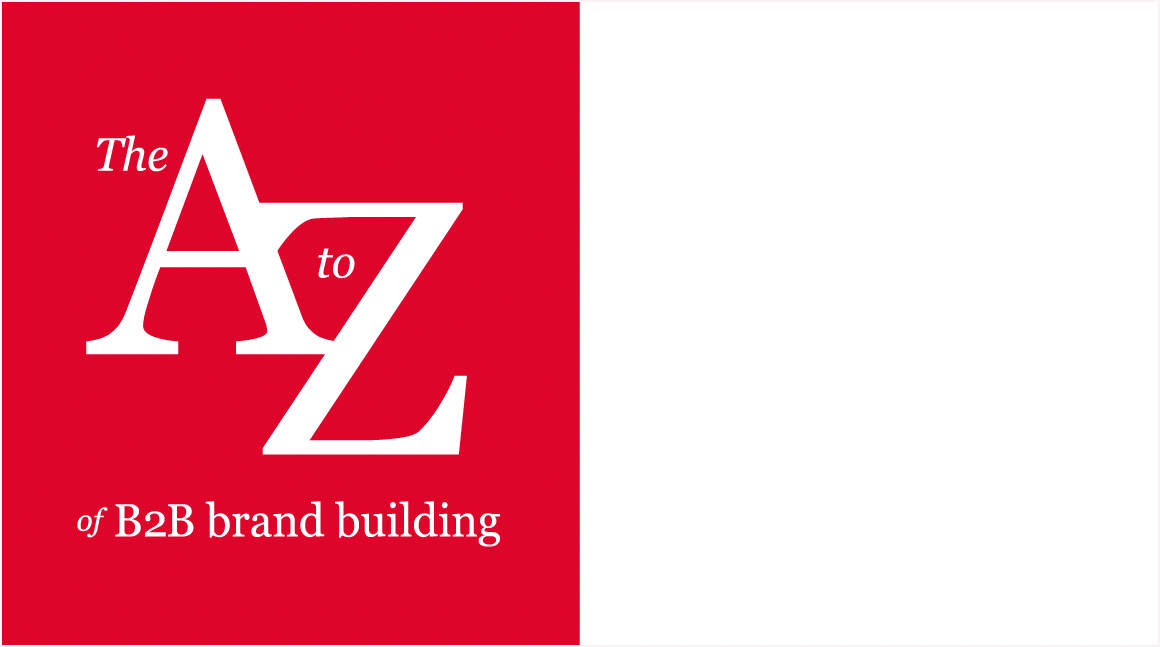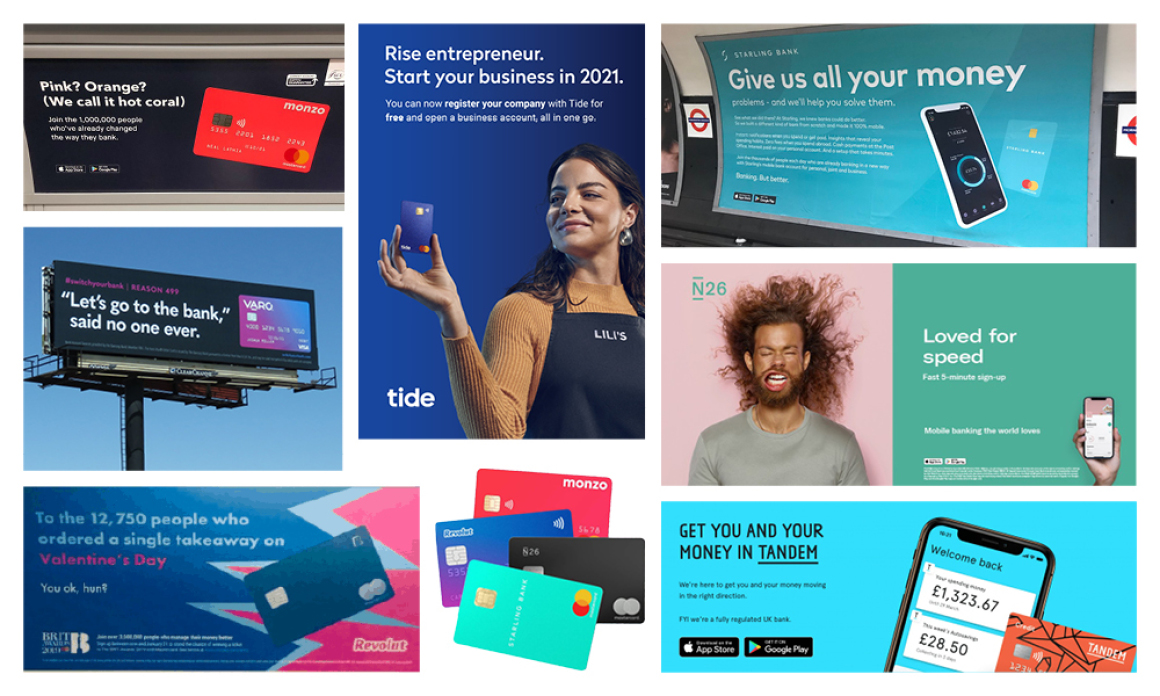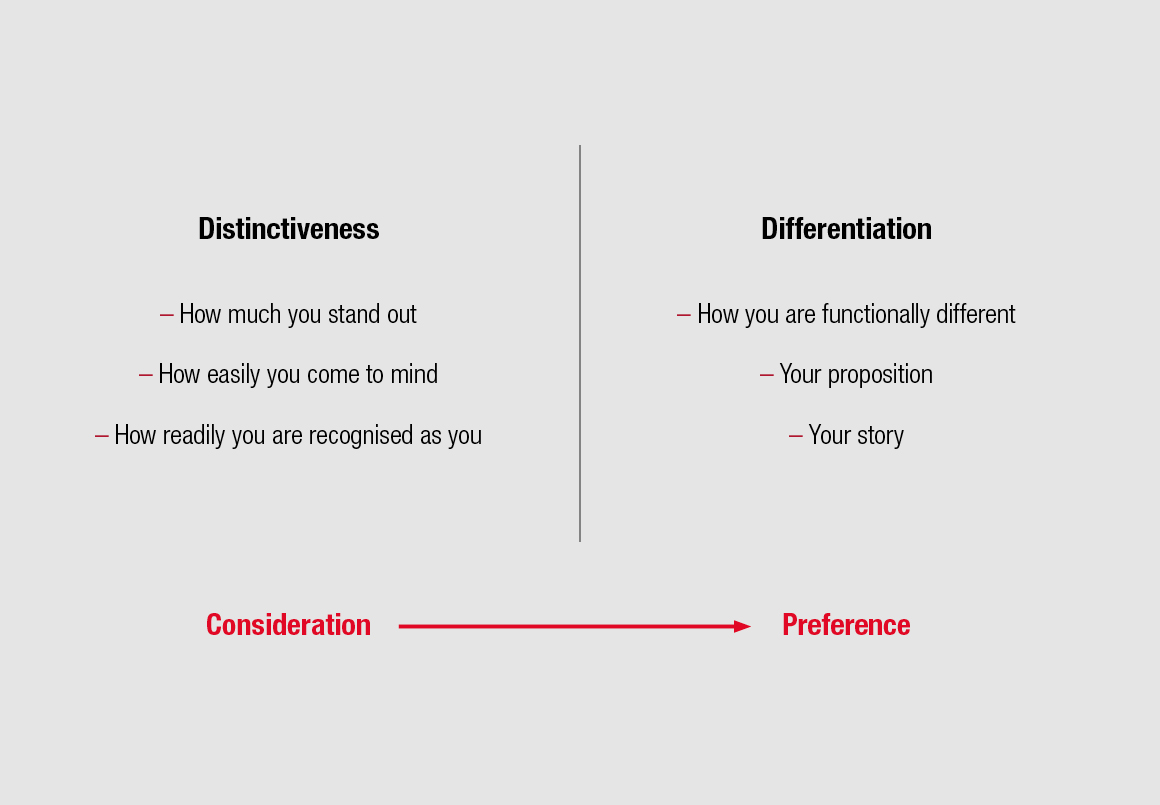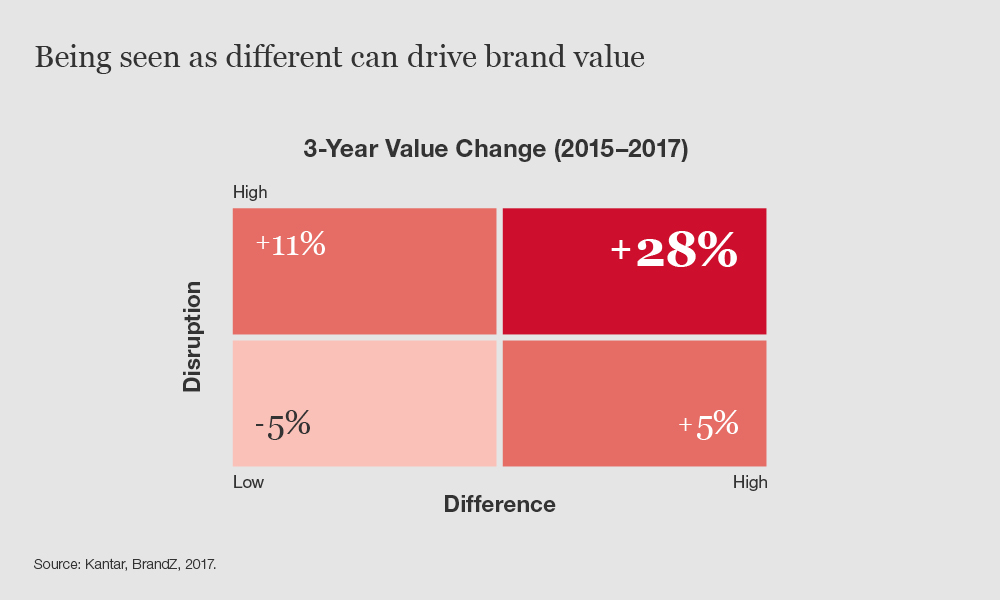mark-making* presents…The A-Z of B2B brand building

B is for…Blanding
It’s a made-up word, and I’m sure we won’t have been the first to have thought of it, but as far as I’m aware no formal definition exists. So, here’s ours…
Blanding (verb)
To consciously or subconsciously develop a brand identity that looks and sounds like everyone else in the same category
Bland (noun)
A business or organisation with a verbal and visual identity that looks and sounds like everyone else in the same category
It’s a phenomenon you’ll be familiar with, and if not, take this simple blanding test. Pick a category at random, choose a handful of brands within that category, and observe the similarities. From home cooking kits, to global SaaS operations, to commercial law firms and payment technology companies, you’ll soon get the picture. Every industry has its own particular stylistic traits and conventions. Common colour palettes, an expected (predictable) approach to imagery, logos that conform to a particular look and feel, a shared vernacular and standard tone of voice.
Blanding’s not new, but it does feel like it’s on the rise. And, ironically, it’s often most apparent amongst the self-proclaimed challengers supposedly disrupting the status quo. Take the consumer fintech world. It’s awash with brands claiming to be breaking new ground, offering innovative and alternative solutions to existing problems, and yet their individuality evaporates in a sea of samey typography, colours, ad styles, imagery and language.

What’s to blame?
Before we expand on why blanding should be avoided at all costs, let’s explore why it happens at all. Afterall, why would any business supposedly offering an appealing alternative to its competitors, want to look and sound just like them?
Well for one thing, just like music or fashion, design is subject to trends. Form doesn’t always follow function and graphic styles come in and out of vogue. As objective as identity design should be, because its role is to reflect a defined positioning, there’s no getting away from the fact that what may have been considered to ‘look good’ 10 years ago, may not hold true today.
But there’s more to it than taste. The world in which brand identities exist today is light years aways from where it was. With the rapid rise of the digital world there has been a corresponding focus on user experience.
In the pursuit of making the user experience as easy, accessible and intuitive as possible, universal design conventions have naturally emerged. As a result, graphic design has become more homogenised, as we see one brand’s visual identity, with its sans serif type, generous line spacing, pastel colour palette and flat colour application, blending seamlessly into the next.
Unfortunately, in these contexts, usability is often driving design at the expense of meaning, individuality and difference, when there’s an important balance to be had.
Beyond trends and channels, and perhaps more significantly, there’s basic human nature at play here too.
As fragile, insecure human beings, we’re wired to want to fit in, to belong, to conform, not to stand out. Standing out is risky. The lone gazelle that does that is the first picked off by the hungry lion. Going against natural survival instincts, no matter how committed to your brand and its success you are, is a big ask. But you have to. Being devoured by the biggest cat on the savanna may be unlikely, but, as we’ll come on to, extinction is a genuine possibility.
Sticking with the foibles of humans, dare I say it, there may be a degree of laziness involved here as well. Just as defining a truly differentiated and compelling brand positioning takes time and effort, so too does developing an effective creative strategy. Not everyone recognises that or is prepared to put in the graft. Easier to do what everyone else is doing, right? Easier, yes. Dangerous, definitely.
What’s the big deal?
The opposite of brands that blend in are the brands that stand out. Whether those brands are actually any better, in terms of meeting the needs of their target customers, is irrelevant. The point is that they come to mind more readily, and that in itself is hugely valuable. It’s about brand salience or mental availability – the propensity of a brand to come to mind in a purchasing situation.
If considered in the context of a generic purchase funnel, distinctiveness massively increases the likelihood of consideration. You have to be in it (amongst the brands considered), to win it (be the brand of choice), as they say. Blanding makes that highly unlikely. If it’s actual difference, functional or emotional, that gets you over the line first, it’s distinctiveness that ensures you’re in the race to begin with.

Bonus extra
If being in the mix for consideration isn’t enough, consider this. Brands that are seen as different experience a faster increase in brand value (commercial value beyond the core commodity or service).
The empirical evidence is there. And, it’s enough just to be perceived as different – you don’t even have to be functionally different.
A study by Kantar and BrandZ in 2017 showed that brands considered highly ‘disruptive’ and ‘different’ experienced an increase in brand value of more than 28% over a three year period, compared to a 5% drop for those brands considered less so.

What’s more, people will pay a premium for brands they see as different too.
In another study, Kantar again, with Millward Brown, loyalty card data showed a willingness amongst consumers to pay 22% more for brands considered to be highly different and meaningful compared with those considered to be lacking in those areas.
Bottom line
In our experience, when it comes to battling the powerful intrinsic and extrinsic urges to bland, it’s an even tougher fight in the B2B world than B2C.
In the desire for many B2B operations to present themselves as serious, professional and credible, a huge opportunity is lost through an ingrained misbelief. It’s entirely possible to be all of these things and still stand out in a competitive space. Contrary to what many people appear to think, credibility and distinctiveness are not mutually exclusive.
And because blanding tends to be more prevalent in B2B, for those businesses that do go against the tide, the rewards are all the greater.
So go on. You know what to do. Give bland the boot and be the other ‘B’.
Be brave.
About Alastair
Alastair Williams
Founder and Creative Director
Ali co-founded mark-making* in 1995 after graduating from Lancaster University in Marketing & Visual Arts. Ali works closely with our clients to help bring clarity to their story, and oversees the wider mm* team to ensure it’s expressed effectively, with authenticity and coherence. Ali regularly speaks on the concept of Magnetic Brands, an approach to creating and building brands that embraces the power of being more human, in pursuit of both profit and positive impact. Ali leads mark-making’s work in helping ambitious organisations of all shapes and sizes build extraordinary and enduring appeal.